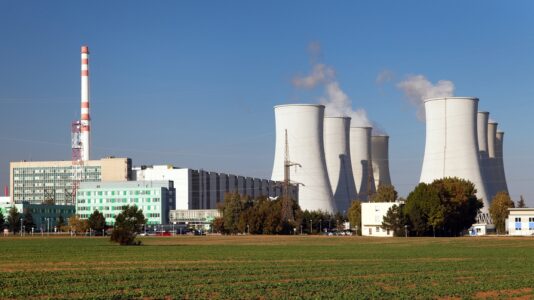The Norwegian government has announced it will no longer automatically grant asylum to all Ukrainians fleeing the war, marking a shift from its policy of “collective protection” that was introduced following Russia’s invasion of Ukraine in February 2022.
Justice Minister Emilie Enger Mehl stated in a press conference on Friday that, going forward, Ukrainians arriving from six regions in western Ukraine will have their asylum requests reviewed on a case-by-case basis.
These regions — Lviv, Volhynia, Transcarpathia, Ivano-Frankivsk, Ternopil, and Rivne — are deemed safe by Norwegian authorities due to their distance from the front lines of the ongoing conflict predominantly in the east and southeast of the country.
“We can’t take in a disproportionate share of displaced people compared to similar countries, such as the Nordic countries,” said Enger Mehl, citing concerns over the strain on Norway’s infrastructure.
The influx of refugees has increased pressure on housing, healthcare, and education systems, especially in certain cities.
Since the onset of the war, Norway, a nation of 5.6 million, has taken in 85,545 Ukrainian refugees, according to UNHCR data.
In contrast, Sweden with a population twice the size, has received approximately 72,000, and Denmark with a similar population has taken in 56,000.
Another key factor behind the change is the shifting demographic among the asylum seekers. Mehl noted that a growing proportion of those seeking refuge were “men, including many of fighting age,” leading the authorities to express concern over security and the validity of many claims.
Norway has gradually tightened asylum conditions over the past two years, seeking to encourage Ukrainians to enter the workforce and limit the number of new arrivals. The latest move reflects both practical and security concerns, with authorities hoping to manage the situation more sustainably.






